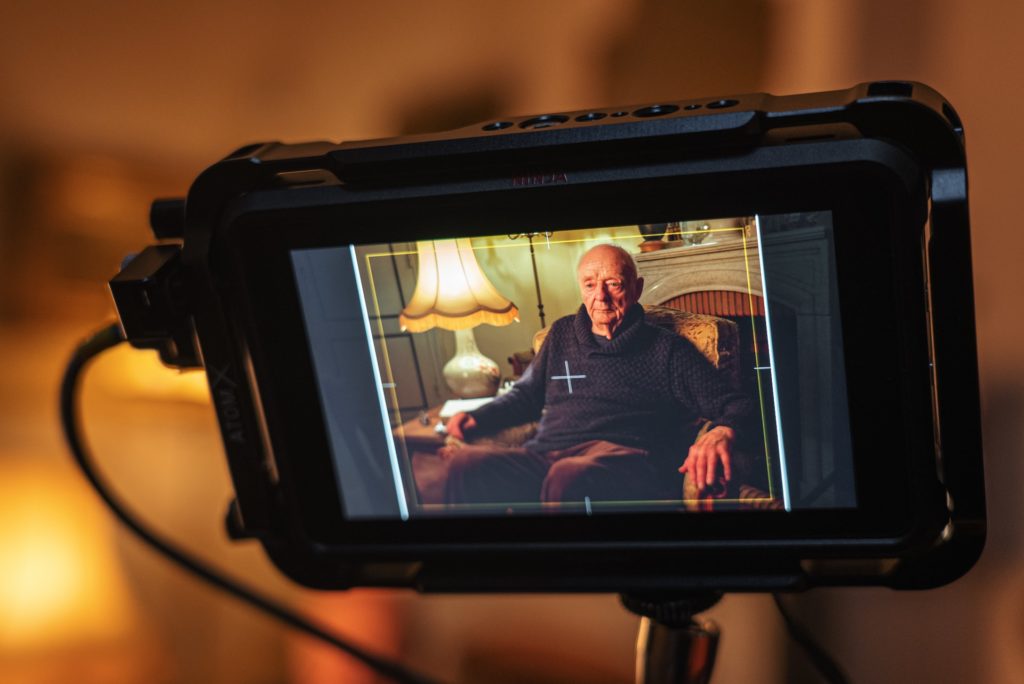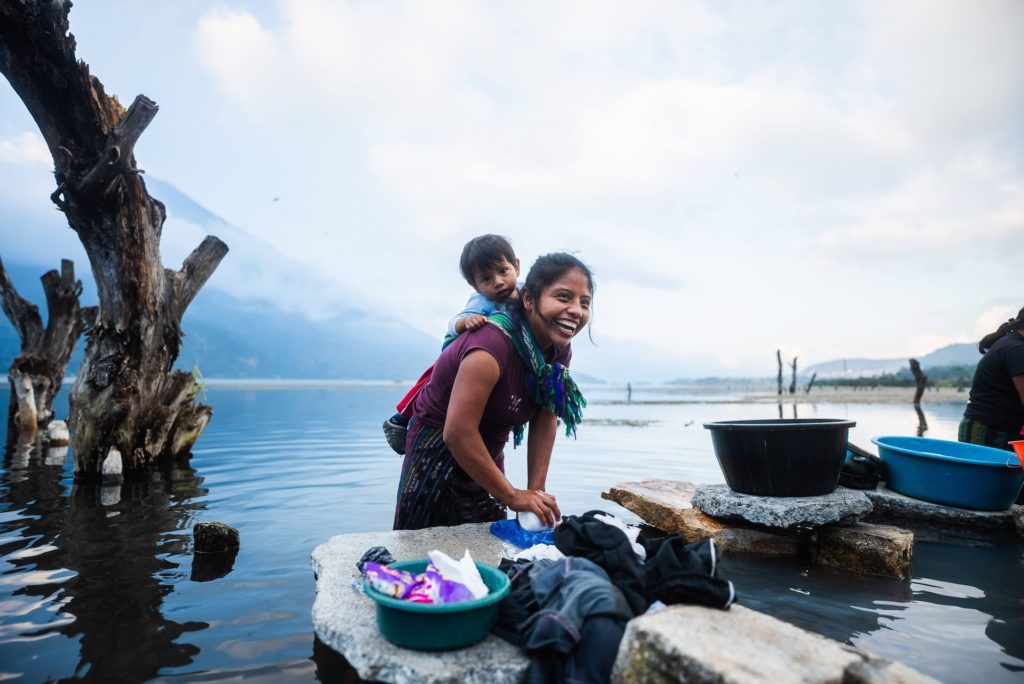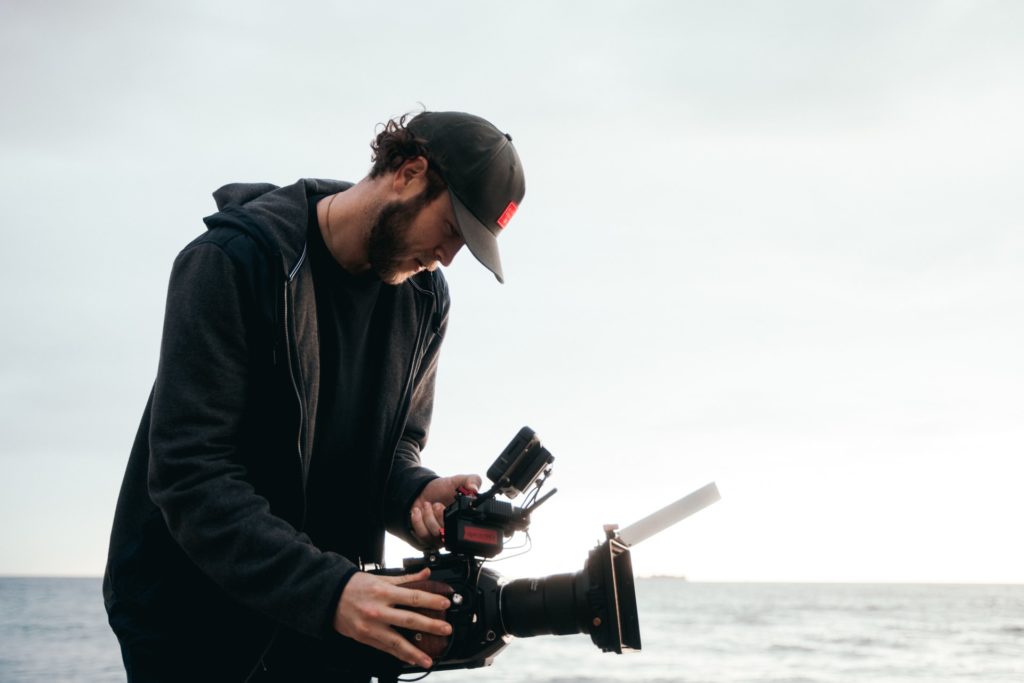Tips For Short Documentary Filmmaking
It’s the golden age of the documentary—at least, according to some media outlets. And there is no denying that the genre is growing and becoming more and more accessible to viewers. Simply put, it’s a great time to be a documentary filmmaker. If you want to start getting serious about film production, then a documentary short is a great place to start. Documentary filmmaking is a relatively straightforward process, and it gives you an outlet to touch on people, places, events, and conflicts that you are passionate about.
Know Your Documentary Filmmaking Style

There are a few common styles of documentary filmmaking.
Expository
The documentary style you probably are most accustomed to is the expository documentary. Expository documentaries support one particular point of view. This perspective is presented to the viewer through narration, with the images and videos in the documentary chosen deliberately to supplement the narration.
Observational
Observational documentaries take the total opposite approach. As the name suggests, observational documentaries passively observe the documentary subjects. Observational documentaries can be shot in the direct cinema or cinema verite styles. Direct cinema is a total fly-on-the-wall approach, in which you follow around your documentary subjects and film their actions and daily lives without narrating or directly interfering with them at all. The camera simply observes events as they occur. Cinema verite is similar to direct cinema, except in cinema verite the filmmaker can be present and heard in the film.
Performative and Others
There are other forms of documentaries as well. For example, performative documentaries focus on the filmmaker’s involvement with the subject. They often feature the filmmaker undergoing some sort of on-camera transformation or experience for the purpose of the film. Alternatively, poetic documentaries primarily aim not to teach the viewer but rather to evoke emotion through presentation of visual imagery. They usually lack traditional narratives, and they truly exemplify the mantra: show, don’t tell. These documentary styles are less common.
When you choose a documentary style, you should stick with it throughout the entire film. If your short documentary starts off with narration and an expository style, and then halfway through drops the narration and becomes purely observational, it’s going to feel off and your film will suffer. Consistency is key. You want the viewers to become immersed in the film and focus totally on the documentary subject, not on the manner in which the documentary was produced. Also, once you have settled on your documentary filmmaking style, you can start looking more deeply into other documentaries in that style for inspiration.
How to Structure Short Documentary Films

Before you start filming your short documentary, you should do a great deal of research and spend time outlining. Research will allow you to construct a narrative with a few general plot points. Once you’ve done enough research for your short documentary, you should create an outline. Your outline will be your equivalent of a script throughout production. It will list out your intended plot points in the order of when you would like them to be presented. If your short documentary has narration, then this dialogue will be written out in this outline.
Short documentary films tend to have the simple three-act structure of an introduction, middle, and resolution.
The introduction captures the attention of the audience and sets up the main questions that the rest of the documentary will try to answer. In a way, the introductions of documentaries resemble trailers. You can take the creative approach of forgoing a distinct introduction and start immediately by presenting information, but this is less common and more risky.
The middle part of a short documentary is by far the longest part, and it’s where all of the information is found. If the documentary is about a person’s life, this is where you go through the person’s life from beginning to end. If the documentary is about an event, this is where you cover the event from its inception to its end. Try to use as wide a variety of media as possible. For example, you should intersperse filmed interviews with photos and videos of the topics being discussed.
The resolution wraps up the main questions of the documentary. This doesn’t necessarily mean that all of the conflicts involving the documentary subject have actually been resolved in real life. It simply means that the film gives the audience all of the information it needs to and makes clear the implications of the information presented. The filmmaker can also infuse emotion into the resolution. If the documentary is a call to action, the resolution is where the filmmaker really makes that theme clear.
After putting your outline together, you can start creating your production schedule, reaching out to interview subjects, and preparing to film.
Unlike with narrative films, you won’t have to worry about putting together a cast to convene every day for a few continuous days for production. Instead, you will have to find days in which you and your crew can film interview subjects or pertinent locations and events.
How to Decide on the Right Length
In documentary filmmaking, runtimes are all over the place. With narrative films, feature-length flicks last around two hours and short films last around 10 minutes. However, with documentaries the variation is much larger.
Feature-length documentaries range roughly between 45 minutes and numerous hours. The Academy Awards defines the line between a short and a feature-length film at 40 minutes, while the Sundance Film Festival places the cutoff at 50 minutes.
Short documentary films are then, of course, roughly between 5 minutes and 45 minutes. (You are unlikely to see a “micro shorts” or “under 5 minutes” category for documentaries, as the film needs enough time to actually teach or display information to the audience). Within this 5 minute to 45 minute range, you will see short documentary films of all lengths. The length depends primarily on how deep you are able to (and want to) go into your subject. It’s usually best to stay on the shorter side. Documentaries can bore viewers if they go on too long, and few documentaries actually require long runtimes.
During any film production process, you will end up cutting a large amount of material. However, documentaries involve the most cutting of all. You should always be overshooting, and then sifting through the mountain of footage afterwards to find and use the best bits. It’s a lot of work, but this is what makes the best short documentary films.
Be Open to Change

Documentaries differ from narrative films in that they deal with reality. Yes, the documentary filmmaker is capturing and displaying his or her vision, but that vision can change tremendously throughout production. Interview subjects can give unexpected answers. Developments can occur that change the political reality of a subject. You can come across an interesting finding that adds an entire new dimension to the film. In documentary filmmaking, change is not just inevitable, but often a good thing. The worst thing you can do is be totally rigid throughout production.
Fund and Promote Your Short Documentary
Film Festivals are a great way to network with fellow filmmakers, win prizes, and get exposure for your short documentary. (You can read more about why film festivals are worth it here). Most film festivals have categories for short documentary films, and some prestigious film festivals, like Hot Docs and AFI Docs, are entirely dedicated to documentaries.
If you’re unable to attend film festivals in person, or can’t find ones suitable for your film near where you live, you can still enter the film festival circuit. Online film festivals are a great alternative to the traditional film festival experience. You can learn more about online film festivals here.
Before you ever get the chance to submit your documentary short to film festivals, though, you will need to be able to get your film off the ground in the first place.
Like narrative shorts, short documentary films require a good amount of documentary film funding. One minute of a short documentary film will cost a minimum of about $1,000, but you should prepare for it to end up costing twice as much. This means that a 10 minute documentary can cost you $20,000. Fortunately, many film grants exist specifically for documentary film funding, such as the National Endowment for the Humanities, the Sundance Documentary Fund, the CrossCurrents Doc Fund, and more. However, the film grant application is very long and tedious.
With the Film Fund, this isn’t the case. The Film Fund is the simplest way to get your film the funding that it needs. Simply submit just one sentence to the documentary film funding competition on The Film Fund’s website, describing the premise of your documentary short and how you’ll use the funding to complete the film if you’re chosen as a winner. Then, you have the chance to win up to $10,000 in documentary film funding.
You can submit your one sentence pitch to The Film Fund for your short documentary film here.
Hello, I found this information very helpful & inspiring. My brother & I have embarked on the journey of making a Dic film and boy can it be tough sledding. However, we are learning & growing. Thx
We’re so glad you found it useful! Have a great shoot. 🙂